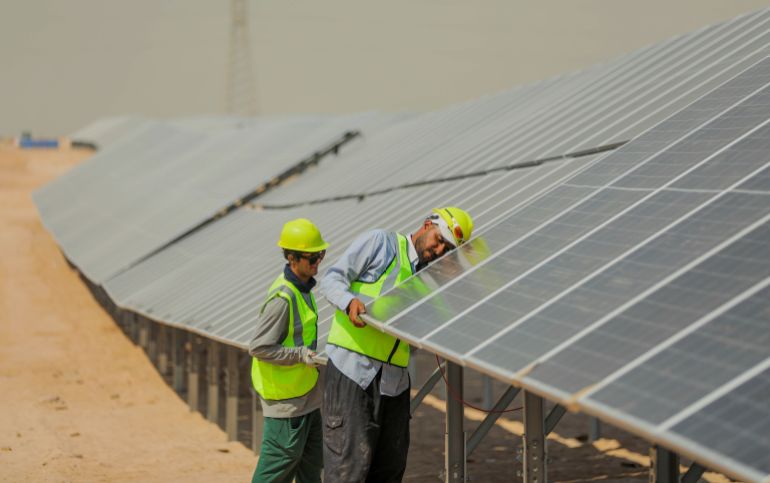Published On 7 Oct 2025
The International Energy Agency (IEA) has scaled back its forecast for renewable power growth to 2030, citing weaker outlooks in the United States and China.
The Paris-based agency now projects total renewable capacity will reach 4, 600 gigawatts (GW) by 2030, down from 5, 500GW in last year’s forecast, according to a report released on Tuesday.
Recommended Stories
list of 3 itemsend of list
This suggests that a global target of tripling renewable energy use by 2030 to combat climate change will fail.
The early phase-out of federal tax incentives for renewable energy in the US, laid out in President Donald Trump’s “One Big Beautiful Bill”, is a key driver of the lowered estimate.
Challenges in China, where the government is shifting from guaranteed electricity prices for renewable energy projects to competitive auctions that constrain profits, are also a factor, said the IEA.
Brighter news
It is not all bad news, however, the IEA said. While growth in China and the US may be slowing, there is a more positive outlook elsewhere.
The agency pointed to India, which “is on track to meet its 2030 target and become the second-largest growth market for renewables, with capacity set to rise by 2.5 times in five years”.
It also raised forecasts for the Middle East and North Africa by 25 percent, while the outlook for capacity in Germany, Italy, Poland and Spain was also raised.
Solar power enjoys a strong lead in pushing renewables development on.
Solar panels accounted for about 80 percent of the global growth in renewable energy over the past five years, the IEA estimates, followed by wind, water, biomass and geothermal power.
The outlook for offshore wind power was revised lower due to policy changes in key countries, the IEA said – particularly the US, which has sought to halt projects already under construction.
The IEA sought to clarify the potential benefits of raising renewables capacity in the current geopolitical climate, noting that its development is helping countries meet goals for greater financial and energy security.
Source: Aljazeera

Leave a Reply